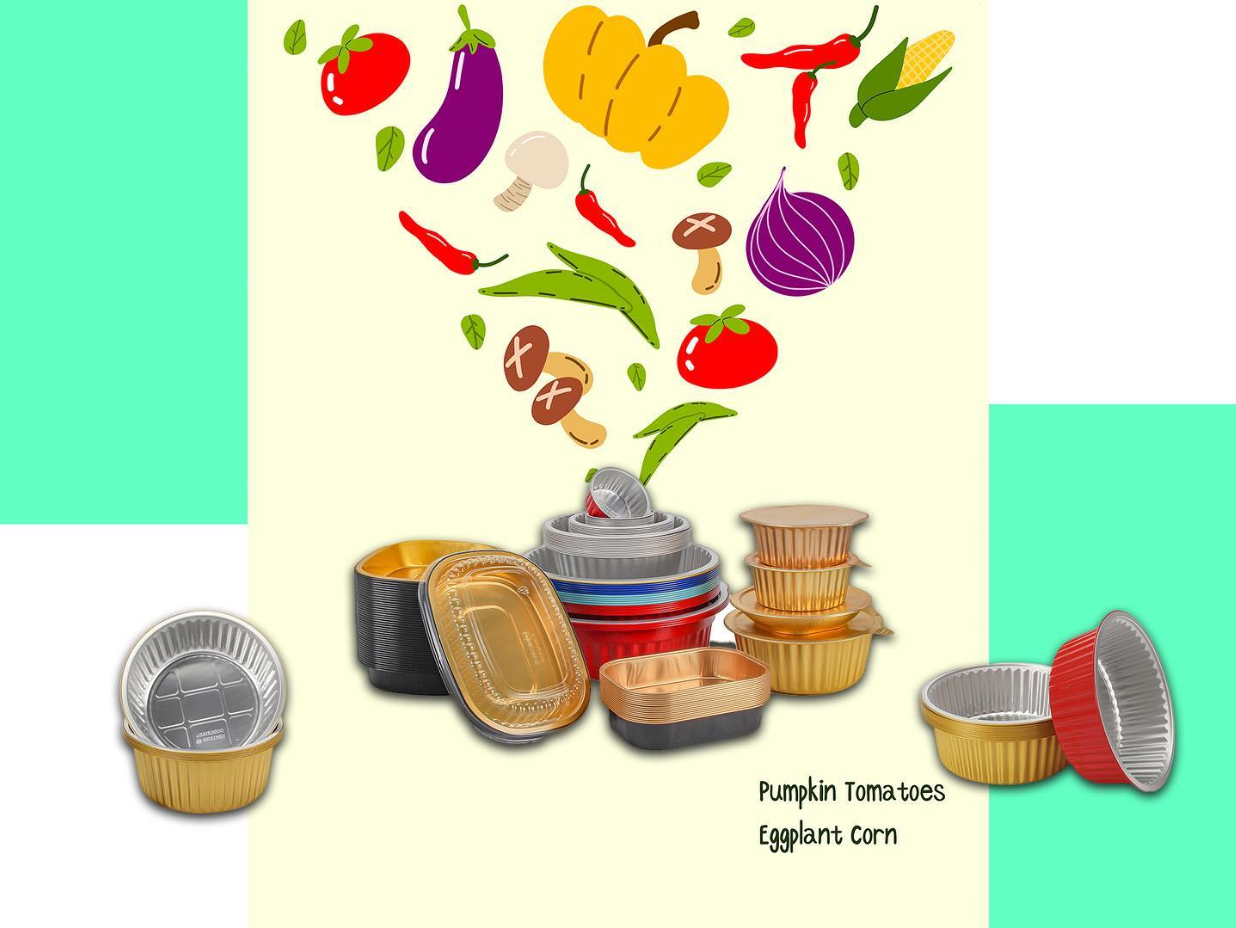Aluminum has been used commercially for over 100 years. Since the late 19th century, its abundance of availability and its properties have increasingly shaped our modern way of life. Think airplanes and cars without it, or space exploration, power transmission, modern architecture, cooking pots, and the many high-quality packaging of today. The world now produces more than 43 million tons of primary aluminum per year. Thanks to recycling, more and more metals come from metals that have been used at least once before.
How is aluminum made?
Aluminum, the third most abundant element in the Earth’s crust after oxygen and silicon, is extracted from a mineral called bauxite. The ore is refined to make “alumina,” a pure form of aluminum oxide. Aluminum metal is then produced from the alumina by passing an electric current through it in a process called “electrolytic reduction.” The resulting silvery metal is the basis for various alloys made by adding small amounts of other metals to provide the specific properties required for each application. For most foil packaging, almost pure aluminum is used, but more and more alloys are being ‘tailored’ to increase strength and allow thickness to be reduced to achieve the same performance.
Make Aluminum Foil
Aluminum foil is a very thin sheet of aluminum, ranging in thickness from approximately 0.006 mm to the ISO-defined upper limit of 0.2 mm (200 microns). It is produced by first rolling (hot rolling) a heated ingot into coils with a thickness between 2 and 4 mm. The coils are then continuously cold rolled to the desired foil thickness. The second foil rolling method is continuous casting, which bypasses the ingot casting stage and converts molten metal directly into thick strip, which is immediately rolled into coils from which foil is then rolled.
In order to obtain the thinnest foil, two layers need to be rolled at the same time. This “double rolling” results in a difference between the two surfaces – matt and polished – in the double rolling process the matt side is the inside. Then separate the two layers of aluminum foil. The resulting jumbo rolls are cut to the width required for further processing for the desired end use – flexible packaging, foil containers, lid foils, household foils, heat exchanger foils, laminates for thermal insulation, etc.
Mechanical behavior
Many material specifications are made from plain aluminum foil. Packaging converting companies produce a wide variety of aluminum foil products by coating and laminating with other materials, printing, embossing, etc. Specialty manufacturers use thicker gauge plain aluminum foil to produce containers for fresh and cooked food. Common foil is also familiar to most home and professional kitchens. Its unique combination of properties—impermeability, flexibility, strength, ductility, recyclability, corrosion resistance, electrical conductivity, and compatibility with other materials—enables an infinite variety of uses for aluminum foil.
Post time: Feb-03-2023





